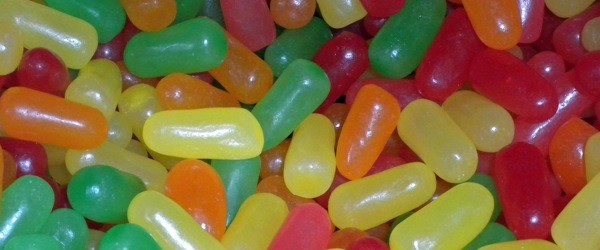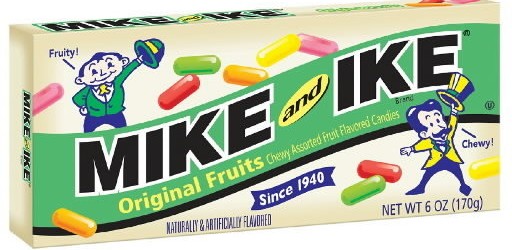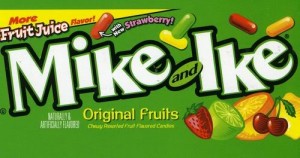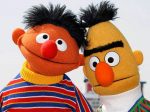
Queer-Washing Fictional Characters
Commentary, CultureTwo mustachioed gentlemen, one wearing a top hat and the other, a bowler, are splitting after years of togetherness. Considering that we are in the 21st century, sure, their sartorial choices may cause one to raise one’s eyebrows in surprise. But, that would be for the wrong reason. What should instead throw a curve is that they are fictional men, who only exist on the box of a confection.
Meet Mike and Ike, the faces of a brand of chewy, fruit-flavored candy of the same name. And—they’re having a divorce. What adds piquancy to that is they’re not separating of their own volition, but of quarrels manufactured by an advertising campaign.
Yes, their divorce is orchestrated. A Massachusetts-based advertising agency is bearing a cost in marketing (not legal) fees of an estimated $15 million to make it happen, all in the hope that the development will get young consumers between the age 13 and 17 to take notice, and nosh on the colorful, sweet and sour pellets.
That the two are walking out on each other, albeit an unreal event, makes me oddly forlorn.
But, what troubles me is to see fictional characters being imbued with a sexual orientation. Couldn’t we have been content with perceiving Mike and Ike as a playful pair instead of a romantic couple; as chums, not lovers?
Last year, around the time New York legalized gay marriage, a Facebook petition exhorted the makers of the Sesame Street Muppets, Ernie and Bert, to let the two long-time pals to tie the knot. The show producers quieted the hullaballoo by saying, “Bert and Ernie are best friends.” Even though they’ve been anthropomorphized and do exhibit human traits and frailties, “they remain puppets, and do not have a sexual orientation.”
Sesame Street played it excellently.
Let’s not forget the thick veil of controversy surrounding SpongeBob SquarePants, a Nickelodeon cartoon character. Many would argue that the little, yellow sponge, who lives in a pineapple under the sea, is gay. He’s a sentimental fellow, and sure enough, he weeps copiously, often engendering saline pools of tears. His best buddy is a pink starfish named Patrick Starr. His neighbor, Squidward Tentacles, is a bon vivant, who luxuriates in bubble baths, listens to classical compositions, and eats artisanal breads. Moreover, his social circle is marked by an absence of female friends.
Maybe my gaydar is malfunctioning, but none of these habits and attributes is the acid test of his blunt gayness. Indeed, SpongeBob is male, but he is “asexual,” in the words of his creator Stephen Hillenburg. Neither straight nor gay, he is also sexless.
The idyllic land of imaginary beings has been turned, by activists, into a battleground, where the cold war of identity politics is being waged, relentlessly. Extremists of every stripe spare no opportunity to turn denizens of the worlds of fairy-tales and animation, ad mascots, and cuddly toys, into soapboxes to further their group interests. Retrofitting Mickey Mouse, or SpongeBob, or Mike and Ike, or Ernie, or Ratatouille, or the Pillsbury Doughboy, with genitalia, and by extension, carnal desires, is brutish, I think. It despoils them.
Spare them their cute innocence, please. Why can’t we allow them to lead lives, uncomplicated and unmarred by sexuality?
The recent trend toward queering just about everything appears to be a mutated update on an age-old advertising concept: “sex sells.” Take the “Fly Me” campaign. In 1971, National Airlines began a blitz that featured attractive stewardess with taglines such as “I’m Cheryl. Fly Me.” It immediately fell into hot water for its overt sexist pitch.
People, by and large, today, try to stay clear of such brazenness and embrace a politically correctness (however phony that may be.) But, leave it to activists, marketers, talking heads, and hacks, to infuse sexual themes in a fresh, roundabout way.
At this rate, I wouldn’t be surprised to learn one day that the two bumbling, bowler-hatted detectives in “The Adventures of Tintin,” Thompson and Thompson, were, not in fact, partners in crime-solving—but in bed.


























[…] ZOUCH, August 12, 2013. […]